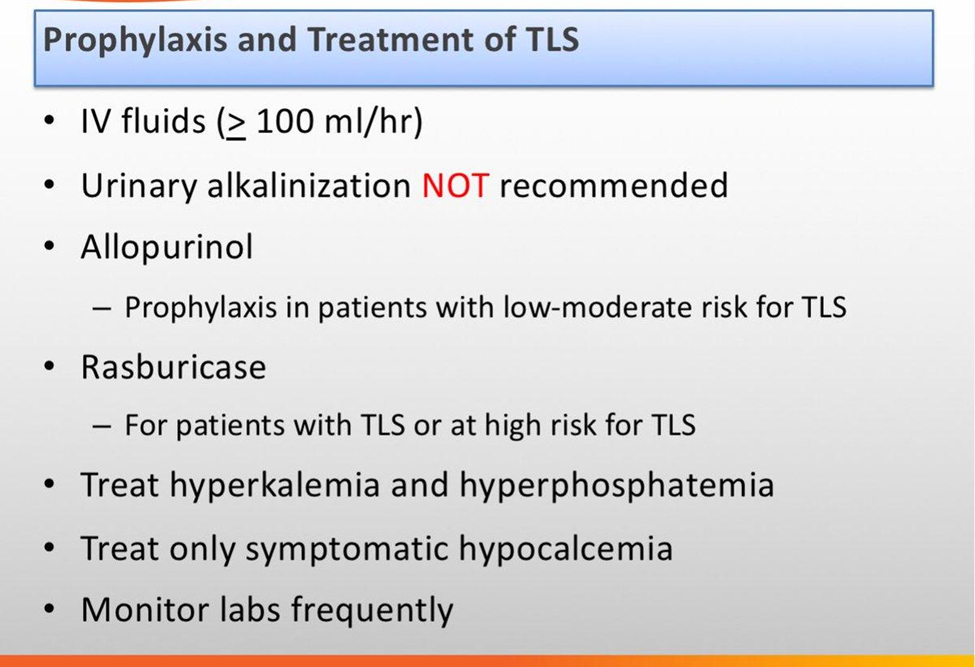Ms. Samuels is scheduled to receive chemotherapy this afternoon at 1400. Her prescribed chemotherapy treatment causes nausea and vomiting as a side effect. How should the RN approach treating this patient for this side effect?
Administer phenergan (Promethazine) 12.5 mg IVP at 1st complaint of nausea.
Administer ondansetron (Zofran) 4mg IV Push after Ms. Samuels complains of nausea.
Administer ondansetron (Zofran) 4mg IV push some time between 1300-1330.
Administer phenergan (Promethazine) 25 mg PO at 1345
The Correct Answer is C
Explanation:
A. Administer phenergan (Promethazine) 12.5 mg IVP at the first complaint of nausea.
This option suggests waiting until the patient complains of nausea before administering the antiemetic. It is not a proactive approach and may not effectively prevent nausea associated with chemotherapy.
B. Administer ondansetron (Zofran) 4mg IV Push after Ms. Samuels complains of nausea.
Similar to option A, this choice involves waiting for the patient to experience nausea before administering the medication. Again, it is not a proactive strategy for preventing chemotherapy-induced nausea and vomiting.
C. Administer ondansetron (Zofran) 4mg IV push sometime between 1300-1330.
This option is the most appropriate among the given choices. It suggests administering the antiemetic (ondansetron) before the scheduled chemotherapy session. Ondansetron is commonly used as a prophylactic measure to prevent nausea and vomiting associated with chemotherapy.
D. Administer phenergan (Promethazine) 25 mg PO at 1345.
This choice involves administering the antiemetic (phenergan) orally just 15 minutes before the scheduled chemotherapy session. While it is better than waiting for symptoms to appear, oral medications may take some time to be absorbed, and it might not provide as rapid relief as an intravenous (IV) medication.
Nursing Test Bank
Naxlex Comprehensive Predictor Exams
Related Questions
Correct Answer is A
Explanation
A. To help prevent Tumor Lysis Syndrome.
Encouraging fluid intake is crucial for patients undergoing chemotherapy, especially when there's a risk of Tumor Lysis Syndrome (TLS). TLS is a potentially serious complication that can occur when cancer cells release their contents into the bloodstream, leading to metabolic imbalances. Adequate hydration helps prevent the concentration of these released substances and reduces the risk of TLS.

B. Staying hydrated decreases oral dryness that the patient may exhibit as a result of chemotherapy.
While hydration is generally important for overall well-being, oral dryness is not typically a direct consequence of bladder cancer chemotherapy. It might be a side effect of certain medications, but the primary concern in this case is likely related to preventing TLS.
C. To help prevent new onset diabetes mellitus.
The rationale for fluid intake in the context of bladder cancer chemotherapy is not typically related to preventing new onset diabetes mellitus. The primary focus is usually on managing potential side effects of chemotherapy and promoting overall health.
D. Because it is better to encourage water Vs. carbonated beverages.
While encouraging water over carbonated beverages is generally a healthy choice, the primary rationale for increased fluid intake in the context of bladder cancer chemotherapy is more specific and related to preventing Tumor Lysis Syndrome.
Correct Answer is D
Explanation
A. Evaluate gastrointestinal function:
While gastrointestinal function is important to assess for side effects of chemotherapy, such as nausea and vomiting, monitoring for potential infection (fever) takes precedence in the context of myelosuppressive chemotherapy.
B. Assess for evidence of cardiac compromise:
Myelosuppression primarily affects the hematopoietic system, and assessing for cardiac compromise is not the priority in this situation.
C. Question about changes in taste or smell:
Changes in taste or smell are common side effects of chemotherapy, but they are not as critical as monitoring for signs of infection, especially fever.
D. Monitor for temperature changes:
Myelosuppression refers to the suppression of the bone marrow's ability to produce blood cells, including white blood cells. Neutropenia, a common side effect of myelosuppressive chemotherapy, increases the risk of infection. Fever may be the only early sign of infection in immunocompromised patients, and it can progress rapidly. Therefore, monitoring for temperature changes is crucial to identify and address potential infections promptly.
Whether you are a student looking to ace your exams or a practicing nurse seeking to enhance your expertise , our nursing education contents will empower you with the confidence and competence to make a difference in the lives of patients and become a respected leader in the healthcare field.
Visit Naxlex, invest in your future and unlock endless possibilities with our unparalleled nursing education contents today
Report Wrong Answer on the Current Question
Do you disagree with the answer? If yes, what is your expected answer? Explain.
Kindly be descriptive with the issue you are facing.
